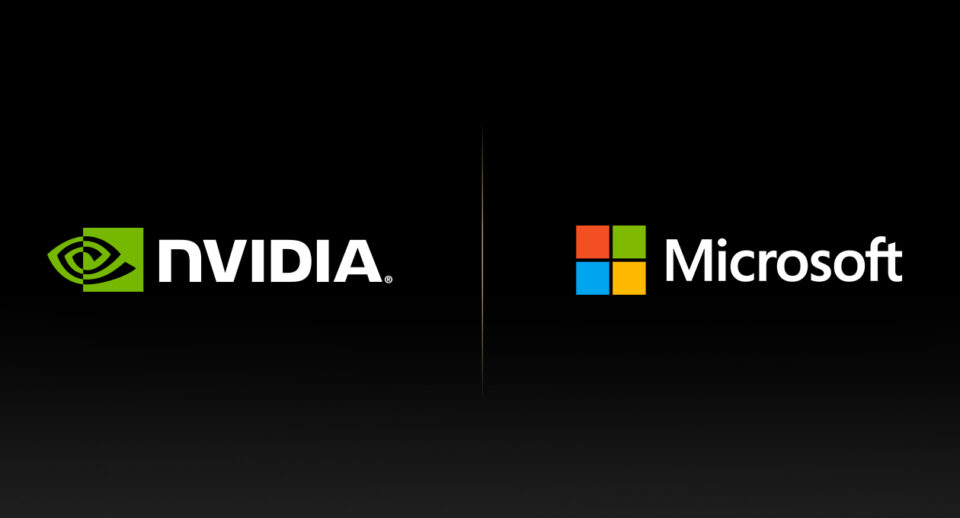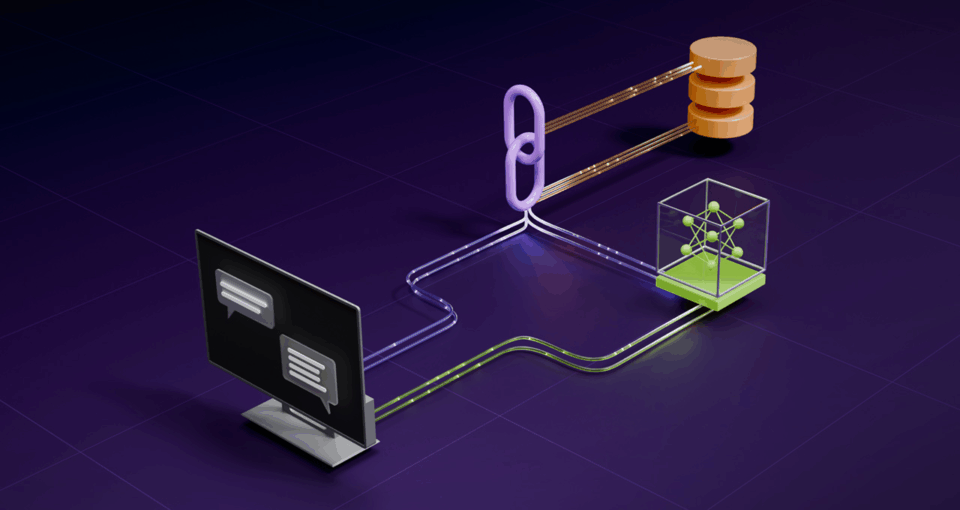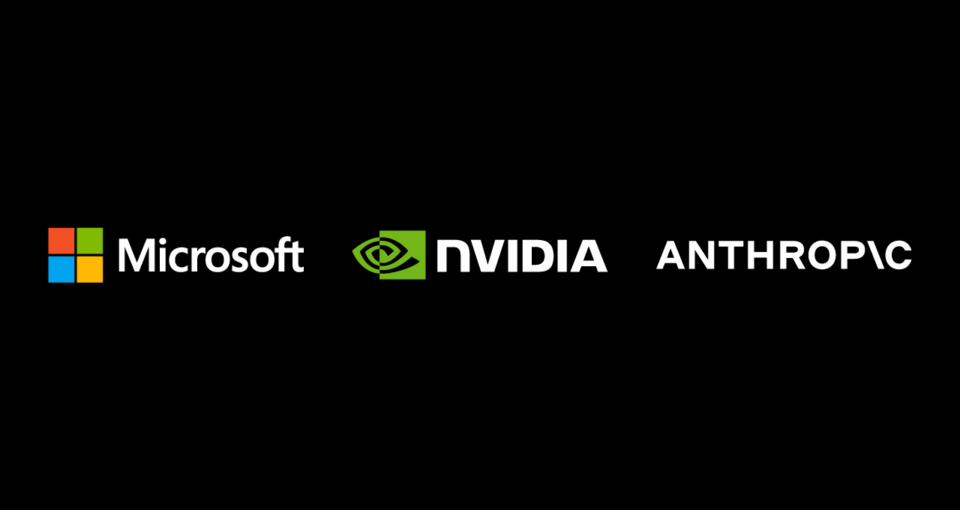How Starcloud Is Bringing Data Centers to Outer Space
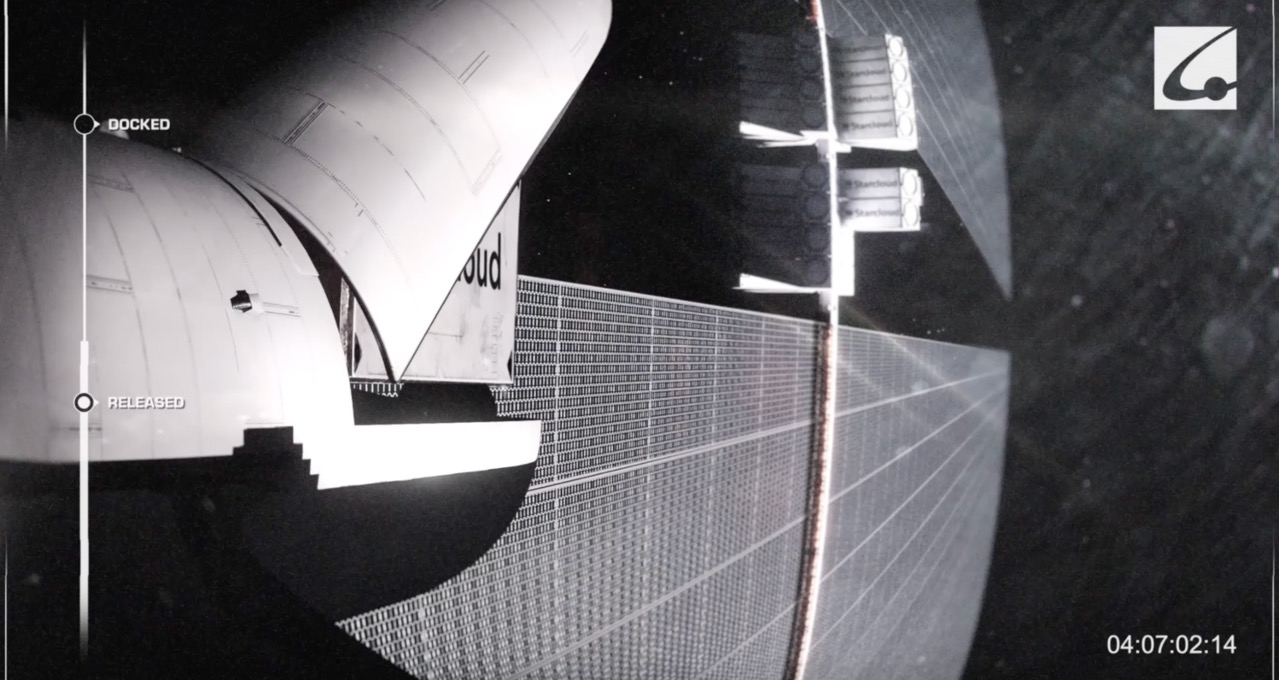
Extraterrestrial data centers are just on the horizon. Soon, an AI-equipped satellite from Starcloud, a member of the NVIDIA Inception program for startups, will orbit the Earth.
It’s a large step toward the startup’s ultimate goal to bring state-of-the-art data centers to outer space. This can be a part of the solution to address challenges faced by rising AI demands, including energy consumption and cooling requirements for data centers on Earth.
“In space, you get almost unlimited, low-cost renewable energy,” said Philip Johnston, cofounder and CEO of the startup, which is based in Redmond, Washington. “The only cost on the environment will be on the launch, then there will be 10x carbon-dioxide savings over the life of the data center compared with powering the data center terrestrially on Earth.”
Starcloud’s upcoming satellite launch, planned for November, will mark the NVIDIA H100 GPU’s cosmic debut — and the first time a state-of-the-art, data center-class GPU is in outer space.
The 60-kilogram Starcloud-1 satellite, about the size of a small fridge, is expected to offer 100x more powerful GPU compute than any previous space-based operation.
How Data Centers in Space Can Increase Sustainability
Instead of relying on fresh water for cooling through evaporation towers, as many Earth-based data centers do, Starcloud’s space-based data centers can use the vacuum of deep space as an infinite heat sink.
Emitting waste heat from infrared radiation into space can conserve significant water resources on Earth, since water isn’t needed for cooling. Constant exposure to the sun in orbit also means nearly infinite solar power — aka no need for the data centers to rely on batteries or backup power.
Starcloud projects the energy costs in space to be 10x cheaper than land-based options, even including launch expenses. “In 10 years, nearly all new data centers will be being built in outer space,” Johnston predicts.
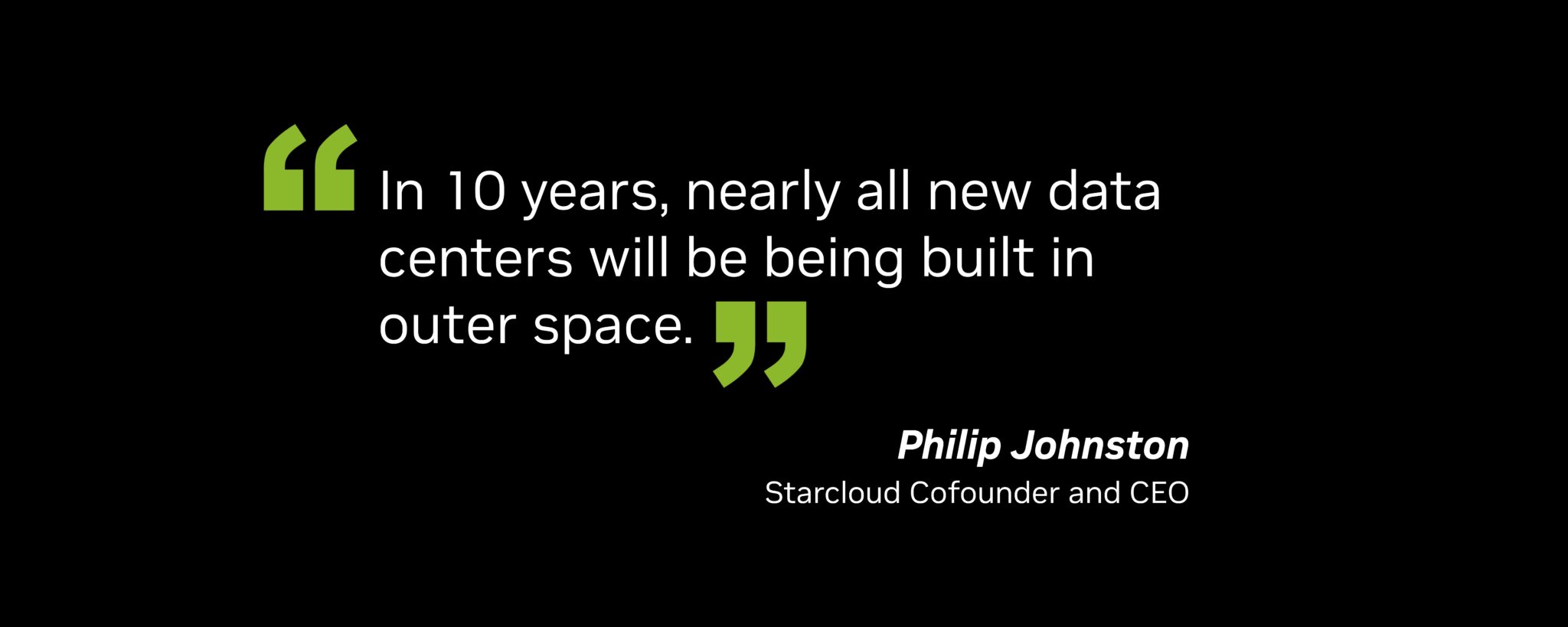
Applications for Space-Based Data Centers
An early use case for extraterrestrial data centers is the analysis of Earth observation data, which could inform applications for detecting crop types and predicting local weather.
Plus, real-time data processing in space offers immense benefits for critical applications such as wildfire detection and distress-signal response. Running inference in space, right where the data’s collected, allows insights to be delivered nearly instantaneously, reducing response times from hours to minutes.
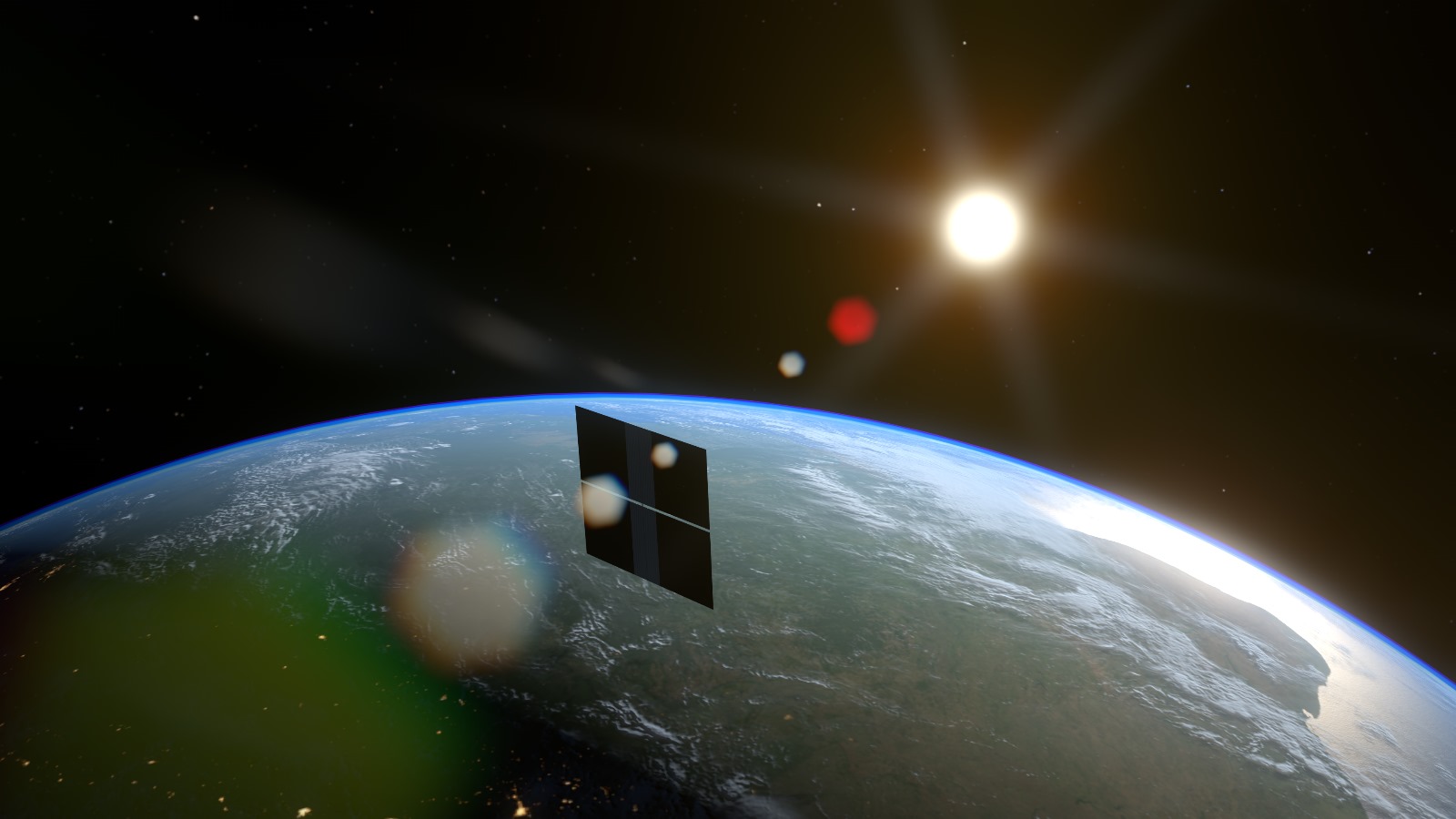
Earth observation methods include optical imaging with cameras, hyperspectral imaging using light wavelengths beyond human vision and synthetic-aperture radar (SAR) imaging to build high-resolution, 3D maps of Earth.
SAR, in particular, generates lots of data — about 10 gigabytes per second, according to Johnston — so in-space inference would be especially beneficial when creating these maps.
“Starcloud needs to be competitive with the type of workload you can run on an Earth-based data center, and NVIDIA GPUs are the most performant in terms of training, fine-tuning and inference,” Johnston said, explaining why the company chose to use NVIDIA accelerated computing on its upcoming satellite launch.
“Being a part of NVIDIA Inception has been critical, as it provided us with technical support, access to NVIDIA experts and NVIDIA GPUs,” Johnston added.
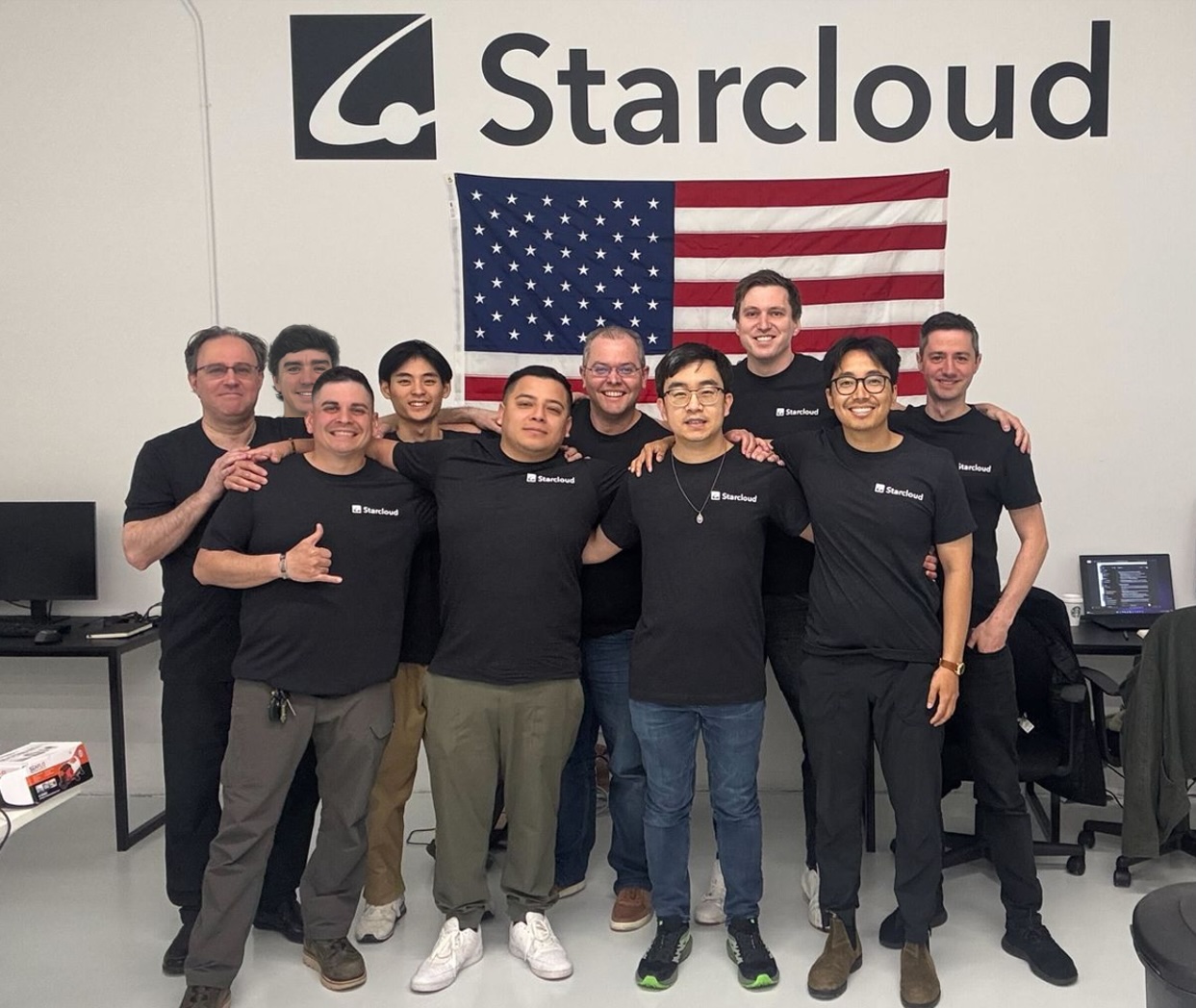
Starcloud is a recent graduate of the Google for Startups Cloud AI Accelerator plans to run Gemma — an open model from Google — in orbit on H100 GPUs, proving even large language models can run in outer space.
And for future launches, the startup is looking to integrate the NVIDIA Blackwell platform, which Johnston expects will offer even greater in-orbit AI performance, with improvements of up to 10x compared with the NVIDIA Hopper architecture.
Learn more about how NVIDIA technologies support sustainable computing.
Featured video courtesy of Starcloud.

